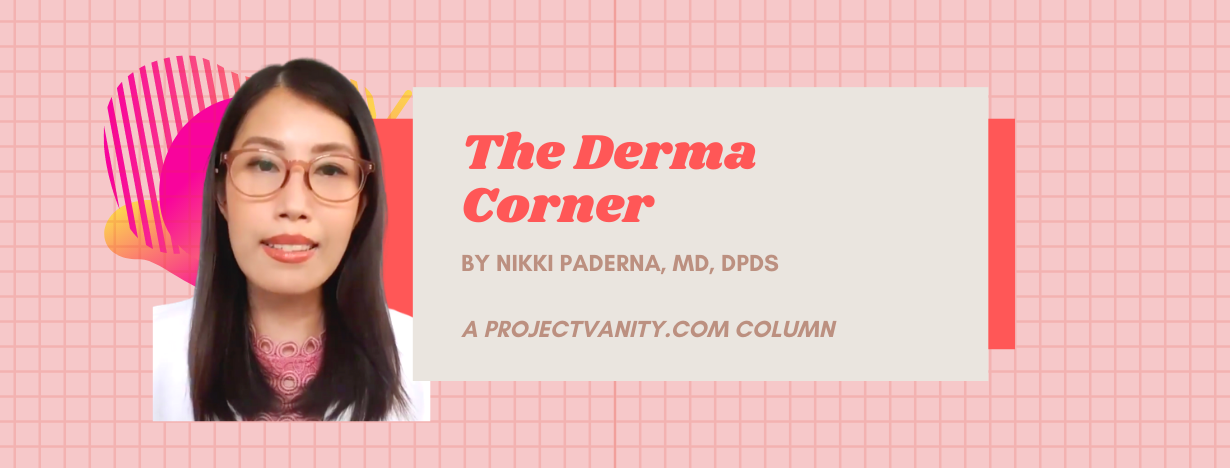The Derma Corner: All about adult acne
Which age group comes to your mind first when we talk of acne? Teens? Adults? Acne may first appear during the puberty period but do you know that there’s also such a thing as adult acne? I don’t get a lot of cases of it in my practice but it has a big impact in the quality of life of adults, may lower their self-esteem and/or may cause depression or anxiety.
Adult acne, or sometimes called post-adolescent acne, occurs after the age of 25. It is further divided into two types: persistent adult acne and late-onset acne.
Persistent acne is the continuation of acne from adolescence into adulthood.
Late-onset acne is the occurrence of acne in those aged 25 years and older but have not experienced acne as a teen yet.
Both of these types affect women more but that doesn’t mean that men don’t get it.
What do they look like and where do they appear?
Physically, adult acne presents with more inflammatory lesions and less comedones, meaning more papules, pustules, nodules and less blackheads and whiteheads. They commonly appear on the lower third of the face, particularly on the chin and along the jawline, but it is not unusual for pimples to appear on other areas of the face as well. In another comparison to adolescent acne, it is associated with more scarring because there is more inflammation going on.
What causes adult acne?
Just like adolescent acne, adult acne involves four main factors:
clogged hair follicles leading to blackheads and whiteheads
increased oil production
increased bacteria
presence of inflammation.
For adult acne however, there are other things to consider that play a role like hormonal imbalance, endocrine problems, diet, genetics, intake of medications, stress, etc.
When patients are evaluated, a thorough medical and physical examination is done with particular attention to presenting signs and symptoms like excessive hair growth in the body or face, seborrhea, alopecia, irregular menses, rapid weight gain/loss, or polycystic ovaries that may indicate an underlying condition. If that’s the case, then a referral to a specialist will be done.
What is the treatment for adult acne?
Because adult acne is influenced by a variety of factors, it tends to be more resistant to traditional therapy and has high rates of treatment failure. Prescribed medications may range from topical to systemic medications or isotretinoin depending on the severity of acne. However, suspicion of an underlying cause like an endocrine or hormonal problem may be considered if acne recurs after treatment. Once the cause has been established, then appropriate treatment may be started alongside acne medications.
Treating acne has never been quick and easy. It requires time, patience and compliance to the prescribed medication and skincare regimen. Also, there is no single best treatment for acne in our books that will work for everyone. That is why a consultation with a board-certified dermatologist is very important. We are not here just to prescribe the correct medications but also to guide and educate our patients on the cause, proper treatment and prevention of acne.
Until my next article then, stay safe!
Dr. Nikki Paderna is currently available for online consultations thru the HealthNow and Medifi app on Google Play for Android devices and on the Apple store for iOS devices, or thru the FB page, Vivestrata Dermatology Clinic (for face-to-face consultations, kindly message the FB page for details).


